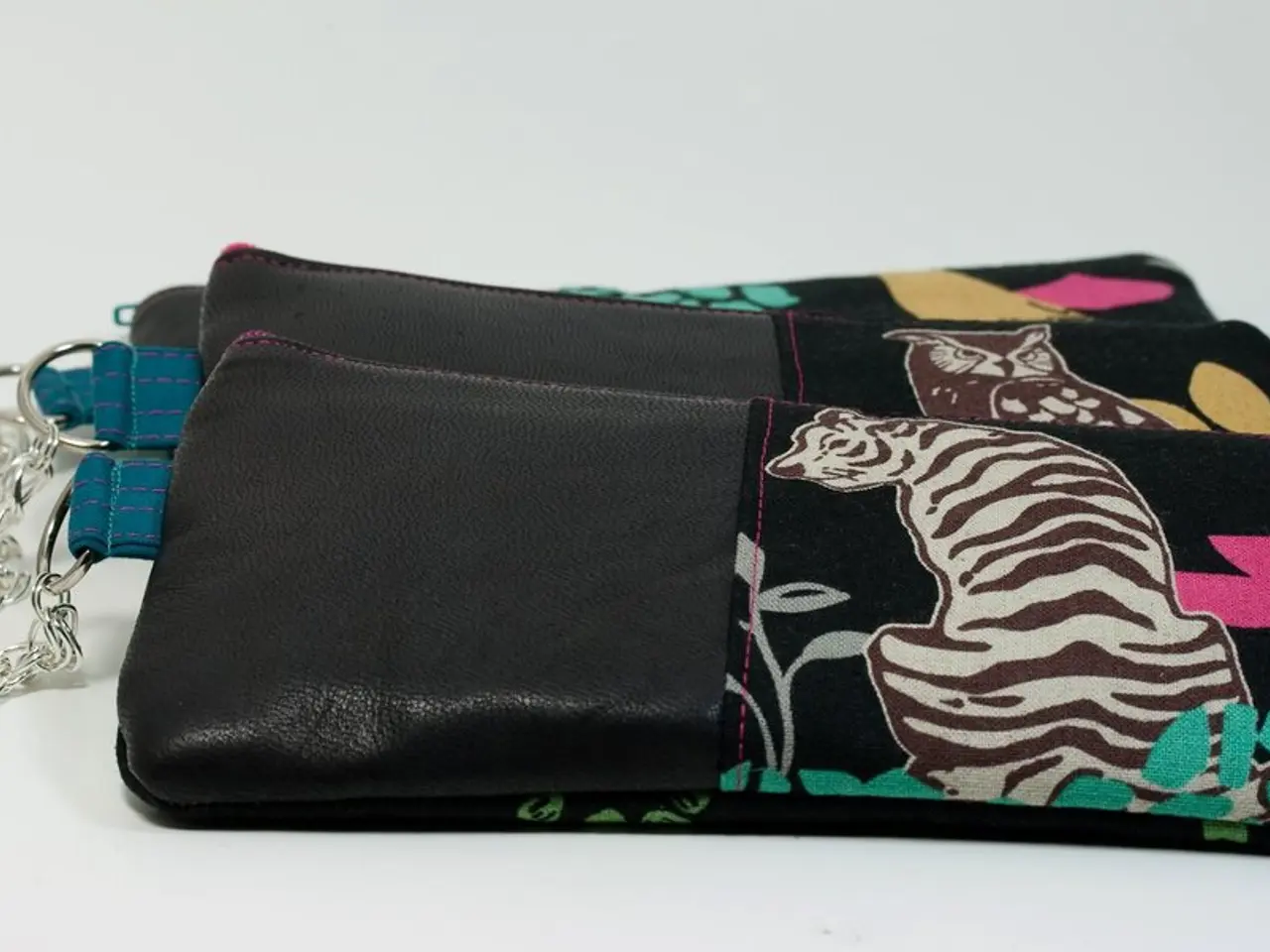Monthly Contribution Amount for Emergency Fund
Building a Robust Emergency Fund: A Guide for Financial Stability
In today's unpredictable world, having an emergency fund is more important than ever. This financial safety net can help manage expenses during times of job loss, salary cuts, medical emergencies not covered by insurance, or unexpected travel expenses. Here's a step-by-step guide to effectively build and manage an emergency fund using minimal-risk instruments.
1. Set a Clear Savings Goal
Aim for saving the equivalent of 3 to 6 months of essential living expenses, depending on your comfort and risk tolerance. This target helps define how much you need to accumulate.
2. Use Low-Risk and Highly Liquid Instruments
Store your emergency fund in easily accessible, minimal-risk accounts such as high-yield savings accounts, liquid or ultra-short-term debt mutual funds (especially via SIPs for gradual buildup), fixed deposits with premature withdrawal facilities, and keeping a small portion as cash for immediate access in emergencies where digital payments might fail.
3. Automate Your Savings
Set up automatic transfers or direct deposits from your paycheck into your emergency fund account. Automation ensures consistent contributions and reduces temptation to spend these savings.
4. Diversify Across Low-Risk Options
Avoid putting all funds in one vehicle. Diversifying among savings accounts, fixed deposits, and low-risk mutual funds balances accessibility, capital protection, and potential earnings.
5. Regularly Review and Replenish
Check your emergency fund at least every 6 to 12 months to adjust for changes in your expenses. Withdraw funds only for genuine emergencies and refill them promptly afterward.
6. Increase Contributions Gradually
If starting with large monthly savings is difficult, start small and increase your savings incrementally over time until your goal is reached. Use windfalls like tax refunds or bonuses to boost your emergency fund faster.
By following these practices, you can systematically build a robust emergency fund composed of minimal-risk, liquid instruments that preserve capital while earning some interest, and ensure ready availability in emergencies.
Calculating an emergency fund involves multiplying monthly expenses (Rent + Food + Clothing + Children School Fees + EMIs + Miscellaneous) by 6 months. It is important to consider EMIs and insurance premiums that need to be paid when calculating monthly expenses.
Emergency funds can be maintained in multiple options: savings account, recurring deposit (RD), fixed deposit (FD), debt mutual funds such as ultra short-duration fund or liquid funds. Remember, returns from debt funds are not guaranteed like bank RDs or FDs. Fixed deposits can earn higher returns based on the FD tenure, but premature breakage may incur penalties and returns are taxable.
Having an emergency fund can provide financial stability during uncertain times. An emergency fund, also known as a contingency fund, is a saved amount for unforeseen financial needs. Liquid funds and ultra-short duration funds are highly liquid, ensuring easy access in emergencies without penalties.
In conclusion, building an emergency fund should be a priority before considering other financial goals. A good rule of thumb for the size of an emergency fund is to have enough to cover six to nine months' expenses. By following these guidelines, you can ensure financial security for yourself and your family in times of need.
- To effectively manage an emergency fund, it's crucial to aim for savings that cover 3 to 6 months of essential living expenses, depending on individual comfort and risk tolerance.
- For an emergency fund, consider storing funds in instruments that are accessible and low-risk, like high-yield savings accounts, liquid or ultra-short-term debt mutual funds, fixed deposits with premature withdrawal facilities, and keeping a small portion as cash for immediate access.
- Automating your savings ensures consistent contributions and reduces the temptation to spend by setting up automatic transfers or direct deposits from your paycheck into your emergency fund account.
- To maximize the potential of your emergency fund, diversify across low-risk options like savings accounts, fixed deposits, and low-risk mutual funds for balanced accessibility, capital protection, and potential earnings.
- Regularly review your emergency fund's progress and replenish it after withdrawals for emergencies, adjusting the amount based on changes in your expenses over time.




